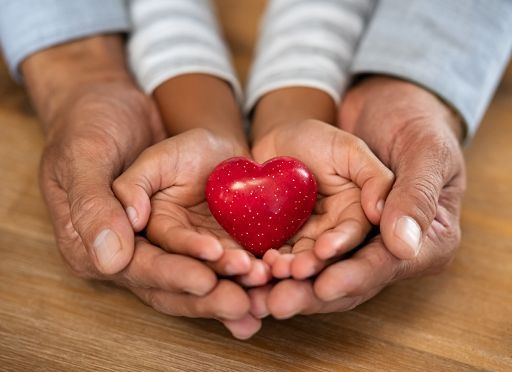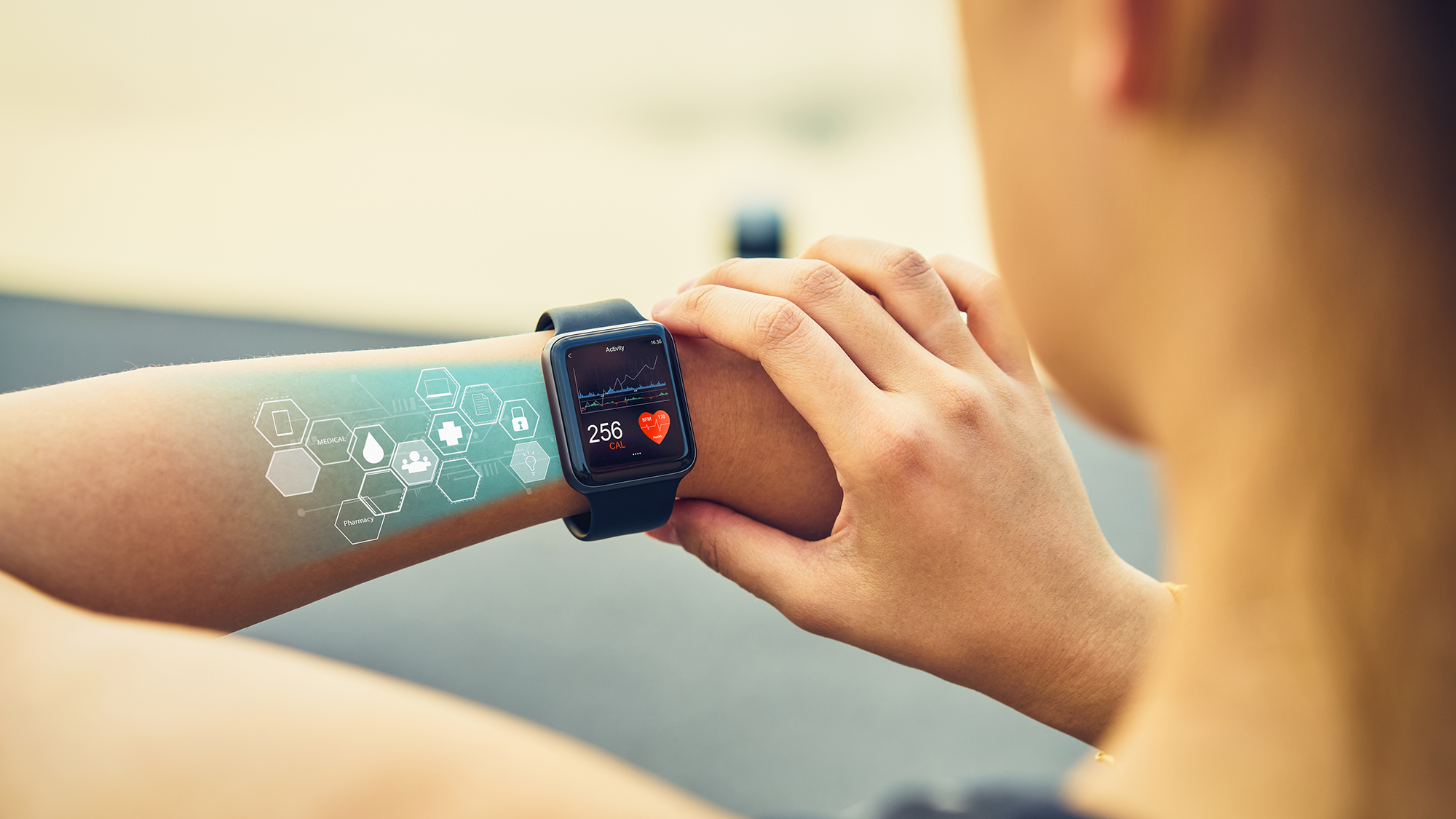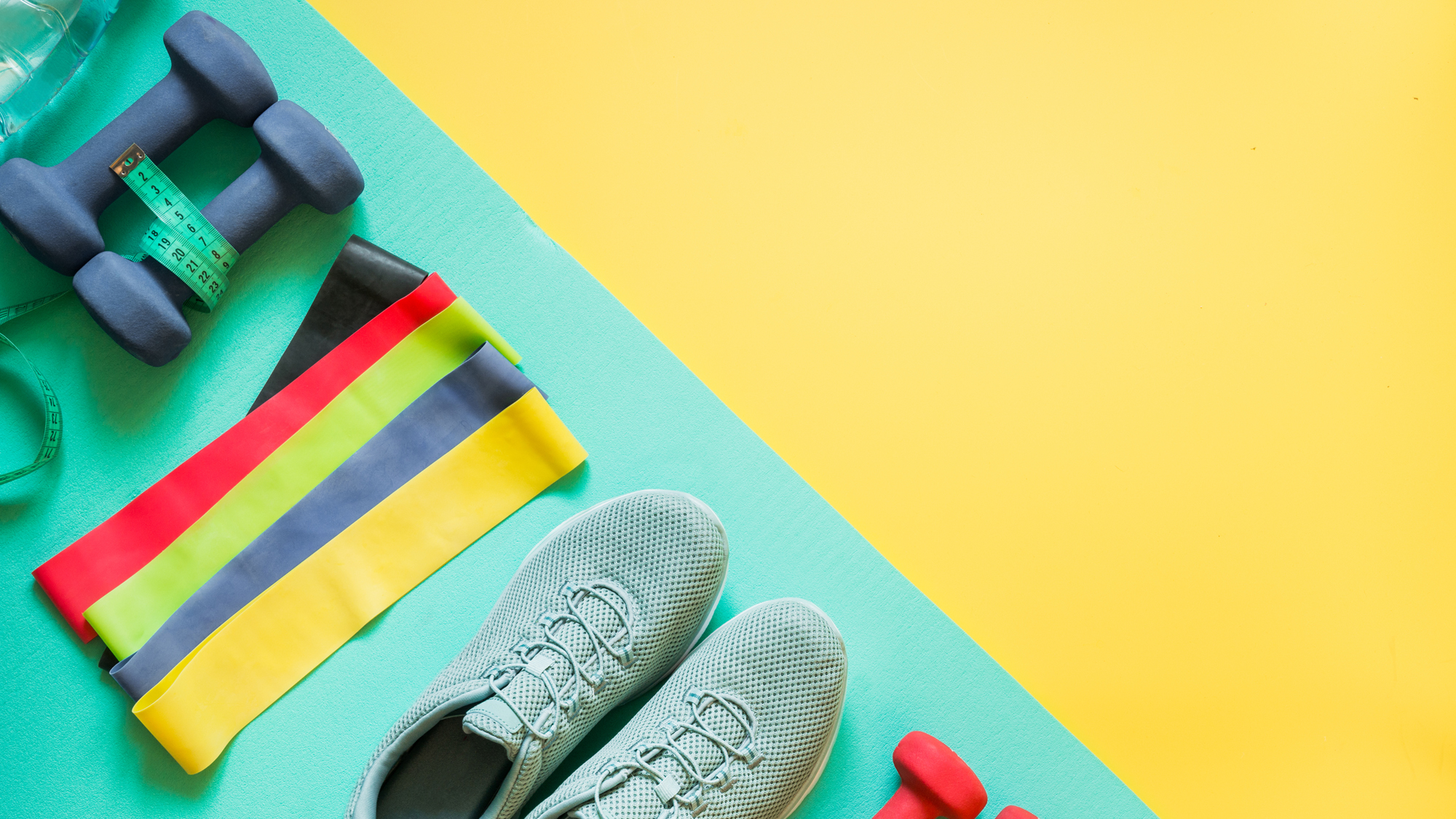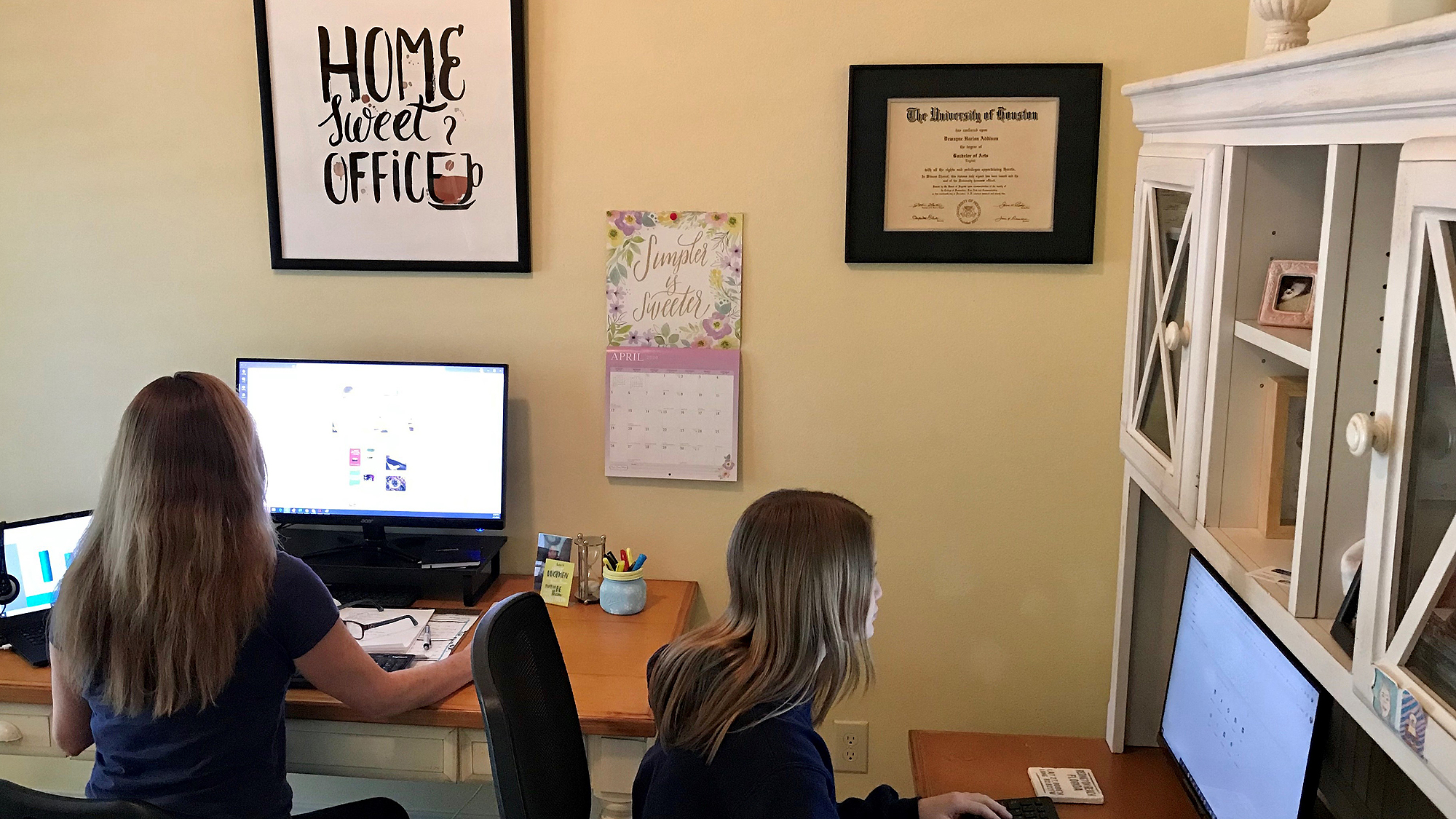“What Does a Healthy Life Look Like?”
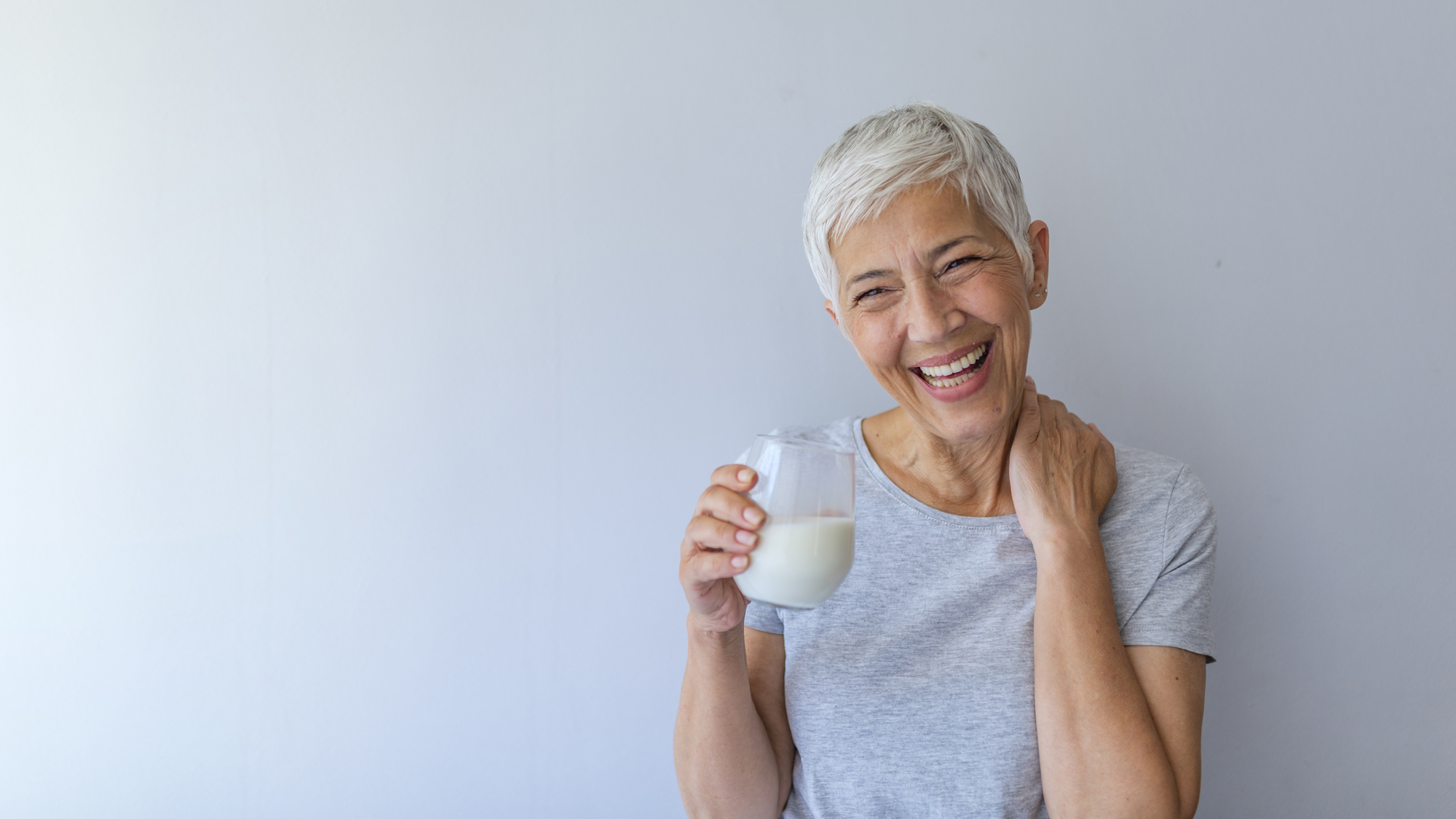
We all know that to live better (and longer), we have to eat the right stuff, exercise daily, get enough sleep, take vitamins and necessary supplements, maybe meditate and take steps to reduce stress. But do you know exactly why? Doctors Michael F. Roizen and Mehmet C. Oz, experts on the aging process, explain the biology behind the wisdom. Their helpful guide is packed with fascinating information about how your body works.
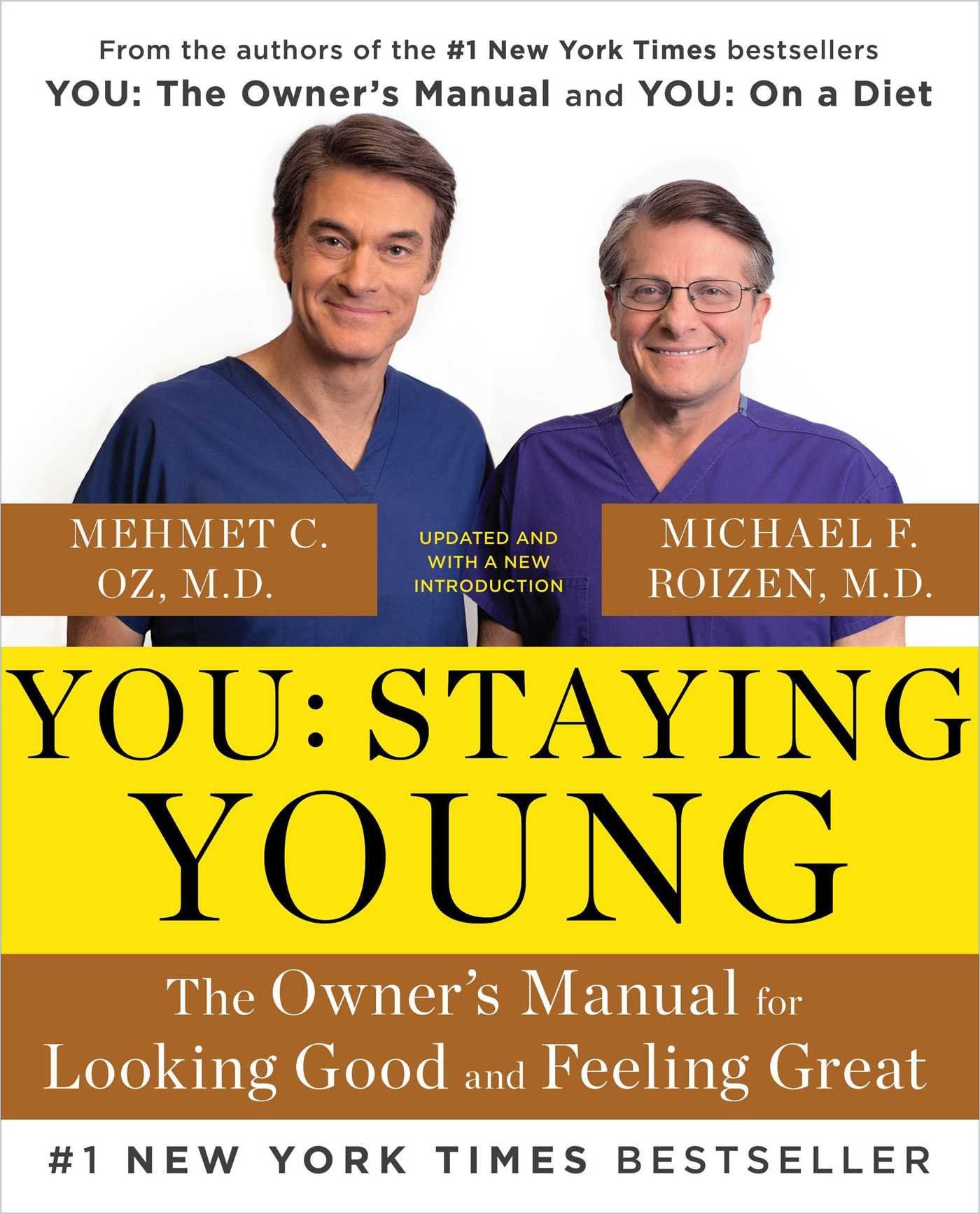
A key take-away from this summary is that people’s delicate bio-mechanisms perform many duties, including maintaining body fat and signaling to the brain when the body has eaten enough, or when it needs more. It is therefore not surprising that the body has trouble warning you in time if you eat too much and too quickly (alas, this is common in the home office in the absence of social cues).
Studies show that larger portions lead to overeating. That’s why the food industry’s think tanks echo your doctor: If you want to lose weight, then eat less and exercise more. But at the same time, the food and diet industries, and the medical sector, reap huge rewards from having a heftier population. And that’s exactly why this article is not about diets, but about nutrition science and everyday habits.
Good Food?
So, what should you do and not do when it comes to food? In brief:
Avoid saturated fat, trans fat, omega-6 fat (like soybean oil), simple sugars (like sucrose, glucose), syrups, or more than four sugar grams per serving. Eat wholegrain foods, avoiding bleached flour and the like. Meat may be an efficient source of calories, but current Western consumption levels are – you guessed it – excessive and unsustainable.
This sounds simple but in practice it is really hard. The way the food industry works has a huge impact on your growing belly (and associated widespread diseases). One reason is that the quality of American food production has significantly diminished over the last decades. Here is why, and what you need to know about the bigger picture:
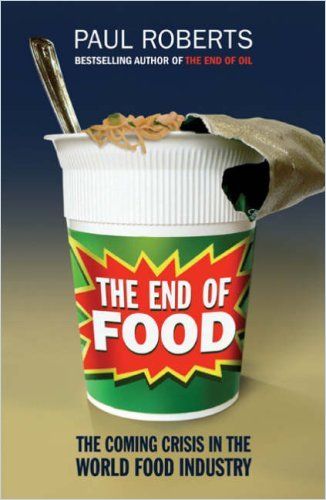
But as in most unfortunate situations, there is also some uplifting news: ‘Good’ food is not necessarily about the price tag anymore! Today, the choice isn’t between good, expensive, green food and bad, cheap food; it’s between consumer education and marketing hype. In the end, even buying “organic” may not be the most sustainable choice, and good food can be mass-produced without ecological harm. Find out why:
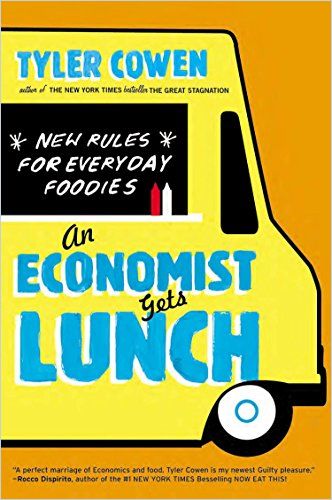
So, yes, you’re right to go for that “healthy” label – but don’t believe every word of it. Did you know, for example, that about 70% of the American diet is made up of processed foods? Unfortunately, these processed products very often only pretend to be healthy. Your rule of thumb? For a healthier goal, try to limit your processed food intake to 30%.

And if you want to know exactly what to avoid, read the following abstract:
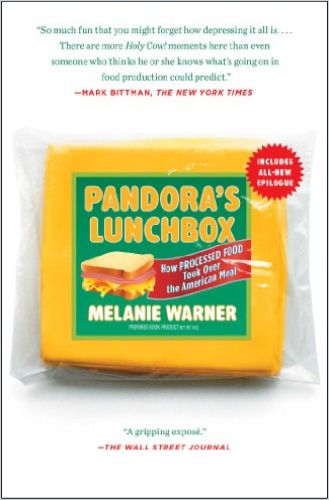
Good Habits?
For most people struggling with new weight problems in the home office, it is about saying “no” at the right moment – at the fridge door, at the kitchen table or in front of the shelf, which the kids (for good reason!) are not allowed to reach.
Science proves what difference a little more self-control can make to your stomach (and also other elements of your life). Free hint: A lot!
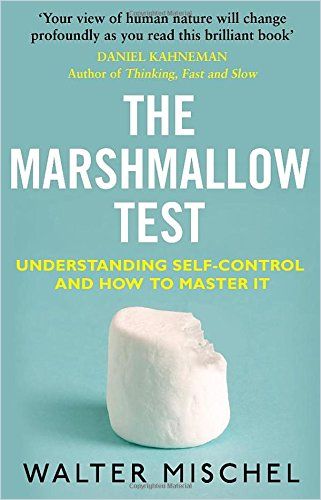
Recent studies in the development of human physiology also show that exercise is an evolutionary necessity rather than just a “nice to have.” It is therefore also one of the traits that sets humans apart from their closest relatives, the apes, who live a largely sedentary life without any adverse effects on their health.
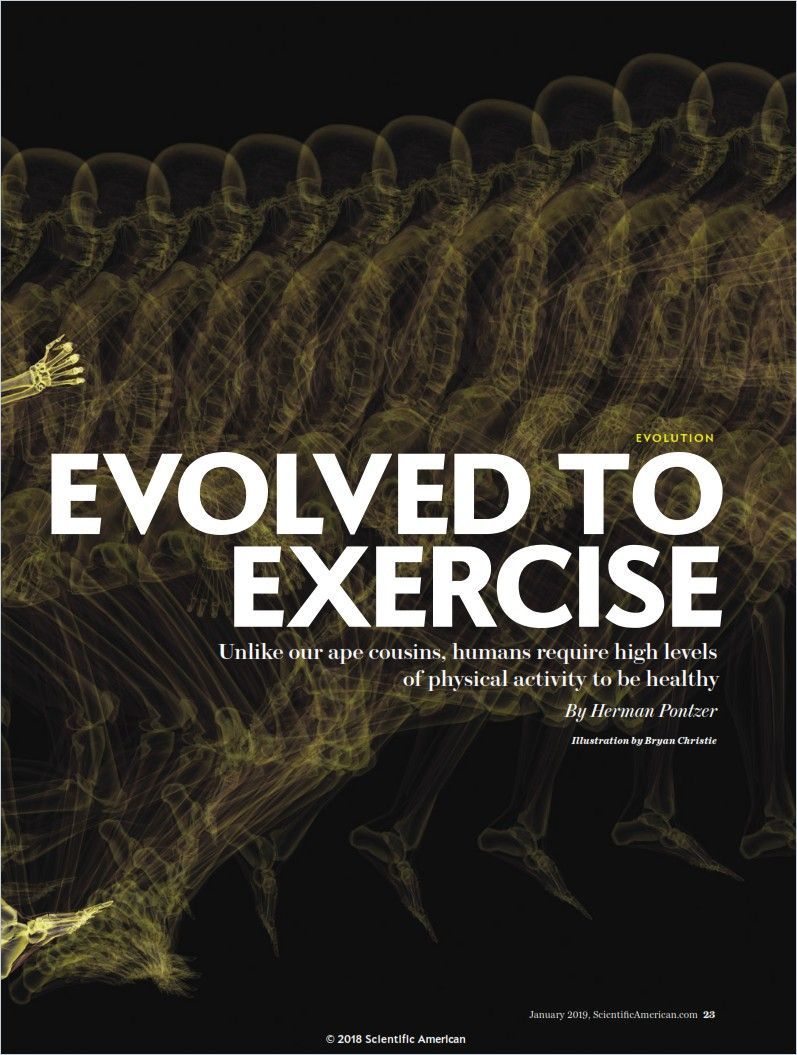
It may well be that after reading all of these summaries, you’ve decided to do a little more training because saying “no” and staring at apes seemed too easy. Good choice!
But keep in mind that, whether in the office or at home, successful training takes time. Most people start an exercise program to lose weight, gain energy and enjoy better health. But most people quit not long after they start. A better approach is to find your motivation and set goals for your health and for daily, fun movement that align with your sense of self.
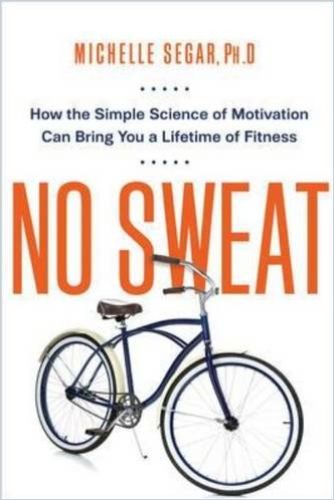
Living a healthy life is not as easy as living an unhealthy one – but in the end it’s worth the effort, and if you have the necessary knowledge, you’ve already done half of the hard work.

